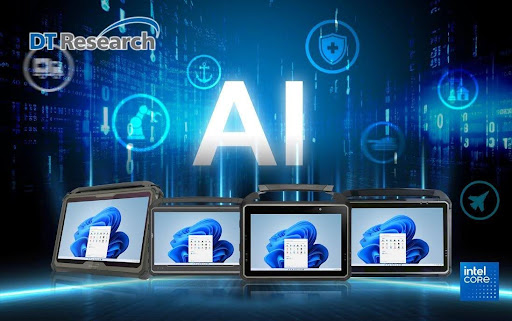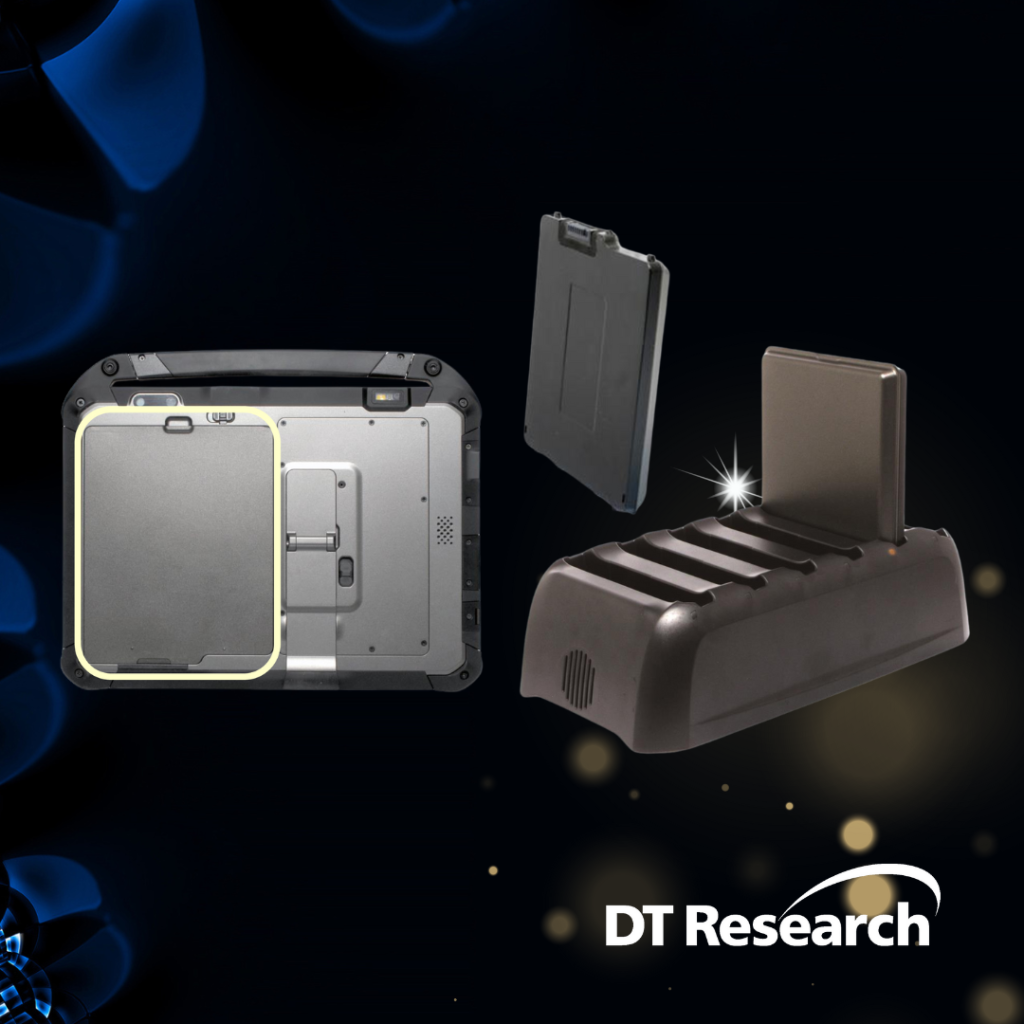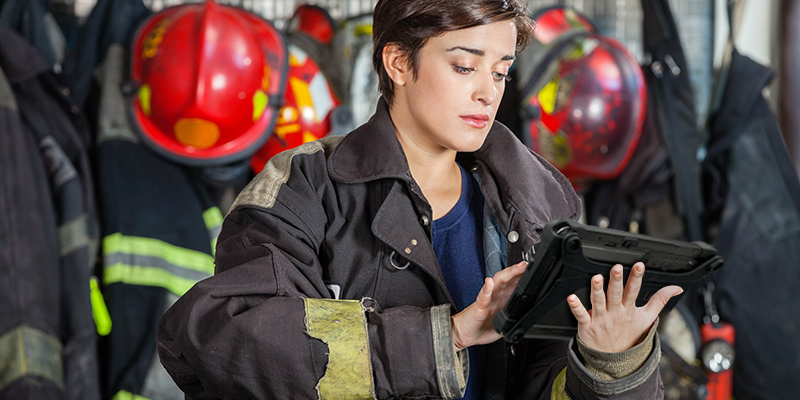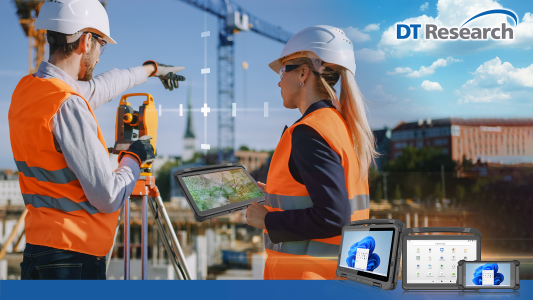
As another year draws to a close, organizations across industries are conducting audits not just of their finances but also of their technology. More than a financial exercise, end-of-year budgeting is an opportunity to assess how the organization’s current technological investments are serving its people, their workflows, and the organization as a whole.
Continue reading “End-of-Year Budgets: A Strategic Time to Audit Technology and Plan for What’s Ahead”




